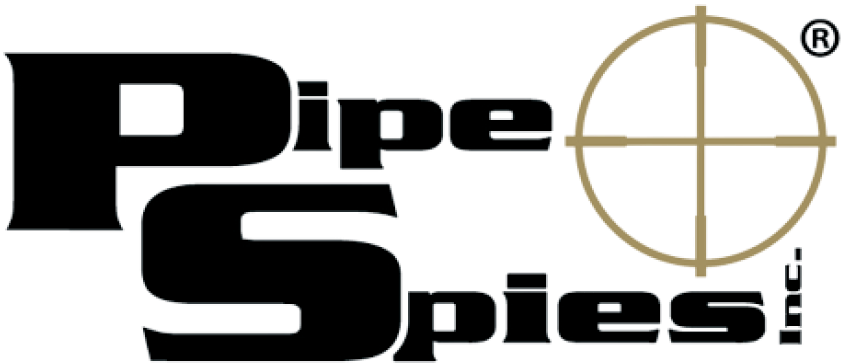How to Maintain a Sewer Line
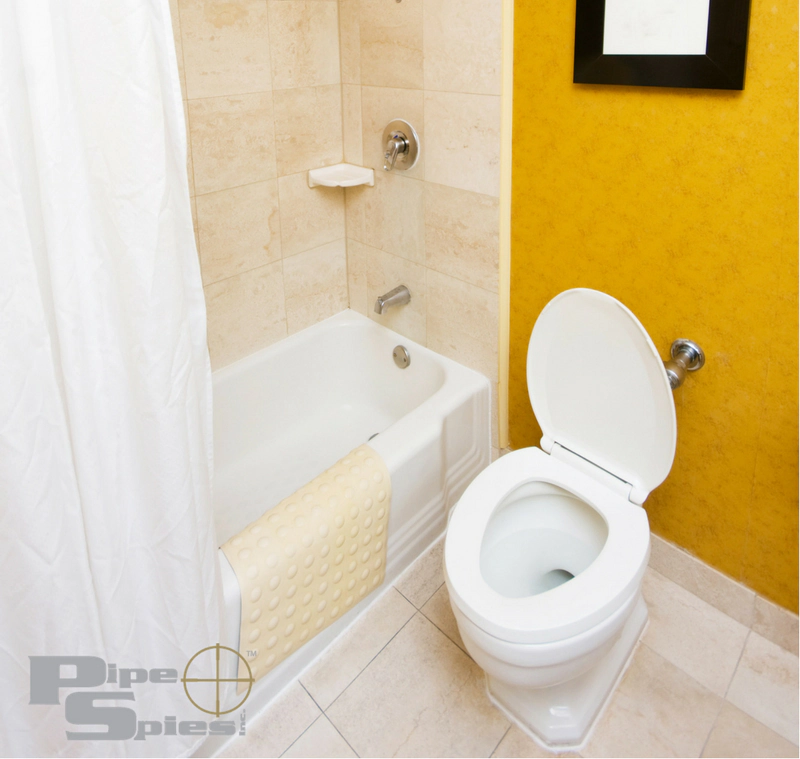
Many people ask, “How do I maintain my sewer line?” First we’ll define 3 Sewer Pipe Conditions that can be identified with a high-quality camera system (also know as a video pipeline inspection):
- Low Areas (Sags or Bellies)
- Buildup
- Tree Roots
Then we’ll look at 7 Tips On How to Maintain a Sewer Line, as well as the secondary drain lines that flow into and affect the mainline sewer environment:
- Limit Food Down the Kitchen Drain Line
- Properly Dispose of Non-Food Items
- Use One-Ply Toilet Paper
- Flush the Plumbing System
- Set Toilets to High Volume Flush
- Tend to Your Roots
- Naturally Clean Your Plumbing System
3 Most Common Sewer Pipe Conditions
Condition #1 – Low Areas (Sags or Bellies)
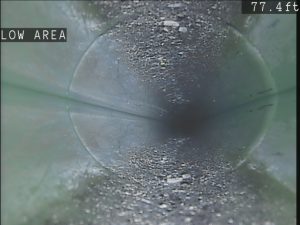
Depending on the severity, low area/s can slow the movement of debris and possibly stop water flowing through a sewer pipe. When enough debris/solids gather in a low area, it can cause a blockage and eventually a nasty, inconvenient and oftentimes costly backup. Yes, a sewer line can have more than one low area.
Pipe Spies, Inc.® Sewer Pipe Low Area Example
Most low areas can be broadly categorized as:
- functioning well, non-event to not-severe but recommend maintaining good habits
- functioning properly not requiring repair but recommend occasional maintenance and modification of habits
- functioning adequately not requiring repair but recommend regular maintenance and modification of habits
- functioning poorly/inadequately requiring repair by excavating to apply proper slope; recommend re-scope to ensure proper repair and slope once completed
Condition #2 – Buildup
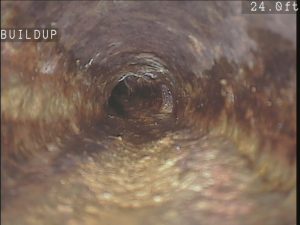
Buildup is caused by certain food waste material sticking then hardening inside the pipe wall, most commonly found in cast iron. High protein material such as fats, oils and grease (known as FOG) is the biggest culprit for developing this condition. The thicker the buildup becomes, the more it reduces the pipe passageway.
Image: Pipe Spies, Inc.® Sewer Pipe Buildup Example
Condition #3 – Tree Roots
Tree roots can grow into the pipe at the joint of clay and concrete pipes as these connections are usually not 100% sealed unlike pvc pipes. Tree roots found in cast iron is most likely an indication that the pipe is softening and rotting.
Once roots are present, they will continue to grow and multiply over time. Until the web of root branches increases to the point the roots cover the entire pipe, the risk of creating a blockage is not high.
Pipe Spies, Inc.® Sewer Pipe Tree Roots Example
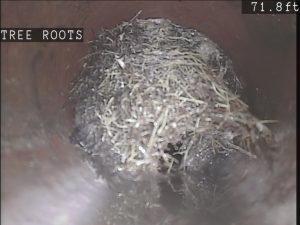
Two common misconceptions when tree roots are present:
- Assume the pipe is broken and needs repair.
- Assume the pipe is leaking and needs repair.
Neither one of these common assumptions or narratives are necessarily true. As tree roots slowly grow in between the joints, they form to the connection and act like a cork causing no leakage. Depending on the severity of roots present, we usually recommend the pipe be cleaned by a reputable drain cleaning company with a 3″ to 4″ blade and then re-scoped to further assess the severity of the condition before immediately recommending a repair.
7 Tips on How to Maintain Your Sewer Line
The following tips will help you maintain the sewer line and drains both in your home and office if or when one or more of the pipe conditions explained above are found. Although we are not plumbers,1 the secondary lines, i.e., kitchen drains, floor drains, etc. flow into and affect the mainline sewer health and environment.
Tip #1 Limit Food Down the Kitchen Drain Line
- Helpful for low areas, buildup and excessive roots.
This tip is simply a good HABIT for all kitchen drain lines whether or not you currently have problems. Most food waste is heavier than other waste normally intended for the sewer line, does not flow out or through the line as easily and can easily gather in the line.
Scrape as much food waste as possible into a garbage container. Only allow crumbs or small particles and run cold water before, during and after when running the garbage disposal. The top foods NOT to put down the kitchen drain line are:
NO fats, oils or grease down the kitchen drain!

Stringy or fibrous foods such as celery, corn husks or potato peels, just to name a few.
Fats, oils and grease (FOG). Collect FOG in a separate disposable container, let it cool and solidify then dispose in the garbage container. Also wipe FOG residue from pans or dishes with a paper towel before washing. Tip #7 explains more about maintaining a plumbing system with buildup.
Egg shells. Some people claim that egg shells sharpen the garbage disposal blades. This is not true. As the shell grinds down to a sand-like substance it eventually clogs pipes.
Coffee grounds can also build up over time and cause a clog.
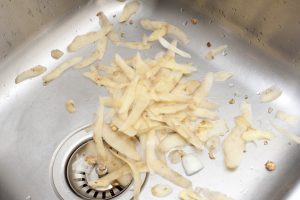
Starchy foods such as pasta, rice, potatoes and beans. These foods will swell with water to form a paste-like substance and eventually cause a clog.
Bottom-line: Don’t treat your sinks and drains like a garbage container.
Image: NO potato peels down the Kitchen Drain!
Tip #2 Properly Dispose of Non-Food Items
- Helpful for low areas and excessive roots in mainline sewer.
Small items such as dental floss, rubber bands, twist ties, cigarette butts, hair, pull tabs and plant clippings, just to name a few, should not be flushed down toilets or drains. These items cannot break down enough to flush completely through the plumbing system. These non-flexible materials can get caught in the line, catch and gather on other debris and eventually form a blockage.
Wipes for adults and toddlers, extra-thick toilet paper, toilet cleaning wand pop-off pads, tampons, baby wipes, paper towels, sanitary pads and other items labeled ‘flush-able’, can eventually get tangled up in sewer pipes. We recommend NOT flushing these items.
Tip #3 Use One-Ply Toilet Paper
- Helpful for low areas and excessive roots.
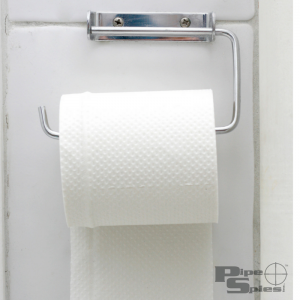
Although it may not feel as good on your “tush”, one-ply toilet paper dissolves much faster than the leading “soft, extra-thick or plush” tissue brands. One-ply are more affordable and will clear pipes quicker. If you choose a two-ply brand, look for one with the “septic and sewer safe” symbol. By changing this habit you will help maintain low areas and reduce the risk of blockage due to existing roots in the line.
Tip #4 Flush the Plumbing System
- Helpful for low areas in mainline sewer.
Once a month fill all or most of the water holding devices in the home including the washing machine (containing no cloths or laundry detergent), bathtubs and sinks full to capacity with COLD water then drain all at once. While these are draining go around and flush all the toilets as quickly a possible. This simple, no-cost solution is helpful but not a permanent solution.
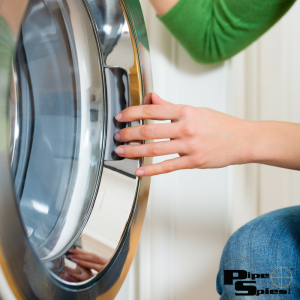
Tip #5 Set Toilets to High Volume Flush
- Helpful for identified low areas.
Newer, low-volume (“low-flush”, “low-flow” or “high-efficiency”) toilets are not always advisable when significant low areas or a negative slope has been identified by a good camera system.

Waste drains from the toilet need to slope between 1/8-in. and 1/4-in. per foot for the water to carry solid waste to the sewer. If the slope is too steep or too level, the flow of water can allow waste to collect in the pipe eventually causing clogs.
If there is a negative slope due to the age of the sewer system, shifting soils or construction error, water will stand in the pipe and waste is carried away only by the strong force of usually an older, higher volume toilet.4
Although the average plumbing system will work fine with today’s low-flush toilets, we suggest you consider:
- The age of the sewage system,
- Whether or not there are identifiable problems such as low areas that already exist in the main sewer pipe before installing low-volume toilets,
- Setting toilets to the highest flush volume, and
- Scheduling an unbiased sewer scope inspection before embarking on a bathroom remodeling project and/or changing out the toilets and changing the sewage system environment.
Tip #6 Tend to Your Roots
- Helpful when tree roots are present.
Let’s face it, we all love having big, beautiful trees in our yard to provide aesthetic value, curb appeal and shade. If roots have a tendency to grow in your sewer line, make sure to hire a professional, reputable drain cleaner to mechanically clean the line at least once a year with a 3″ to 4″ blade. Make sure you ask them to clean the line not just clear the line. If you’re planning a landscape project or replacing trees in your yard, you may want to consider what types of trees to plant and where. Read our blog for more information on the worst tree root offenders.
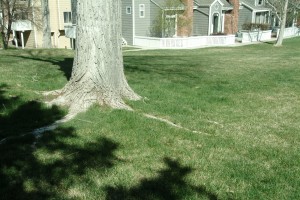
Tip #7 Naturally Clean Your Plumbing System
- Helpful if buildup is present.
Harsh chemical clog removers such as Drano and Liquid Plumber are hard on most pipes, not environmentally friendly and will simply place a short-term band-aid on the problem.
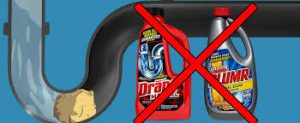
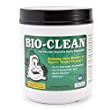
We recommend using BIO-CLEAN ULTIMATE DRAIN CLEANING KIT, a safe, non-poisonous blend of bacteria and enzymes to regularly clean and maintain your plumbing system. The Bio-Clean bacteria is natural and not genetically-engineered. Bio-Clean attacks only organic wastes like food particles, hair, grease, paper, etc. It is safe for people, your plumbing system and the environment. This product is applicable to septic systems as well as home and offices.

Warren Rickford is a blogger and the founder/owner and operator of Pipe Spies, Inc.® He is considered an expert in the sewer scope video pipeline industry, and his company was awarded the 2015 Best Businesses of Littleton Award in the Plumbing category by the Best Businesses of Littleton Award Program and voted 2015 Best Video Pipe Inspectors in Colorado with the Experience Pros Radio Show. After having been vetted across a 16-layer accreditation process, Pipe Spies, Inc.® was approved from a customer service point of view to be listed in the Experience Pros Extreme Customer Service Directory. Warren can be contacted at warren@pipespies.com.
1Pipe Spies, Inc.® is NOT a plumbing company and our field technicians are not necessarily certified plumbers. We specialize in scoping the main sewer line with a high-resolution 2″ camera system and DO NOT utilize 1″ cameras to scope secondary lines such as kitchen or floor drains.
2In the City and County of Denver, as with most municipalities, the Denver Environmental Health department has established a Certifiably Green Denver program for commercial food preparation establishments. Although their guidelines are specifically for commercial properties, namely restaurants, these FOG guidelines are helpful and applicable to home owners as well.
3According to an article by Michigan State University Extension, even labeled ‘flush-able’ products also lead to clogged pipes. “There are many relatively new bathroom products on the market today that are advertised as a better cleaning experience when compared to traditional toilet paper. These products’ labels indicate they are safe for sewers and septic systems. In addition to wipes, there are also other cleaning products that are labeled as ‘flush-able’ which may go down the toilet but they are not breaking down sufficiently enough. This has led to clogged pipes and jammed pumps in sewer systems across the country.”
4Low-volume toilets use significantly less water (approximately 1.3 gallons or less) or in full-flush mode (approximately 1.6 gallons or more). However, in older homes unbeknownst to the occupants, the higher-volume flush from the old style toilets are what has kept the sewer with low areas flowing for many years without any backups. When installing low-volume toilets in older homes with the original main sewer, understand that you’re changing the sewage system’s environment and behavior which can potentially cause problems that may have not been experienced before.
Call 303-795-3630 to experience first-hand the quality of our work and what sets Pipe Spies, Inc.® apart from the “other sewer guys.”
